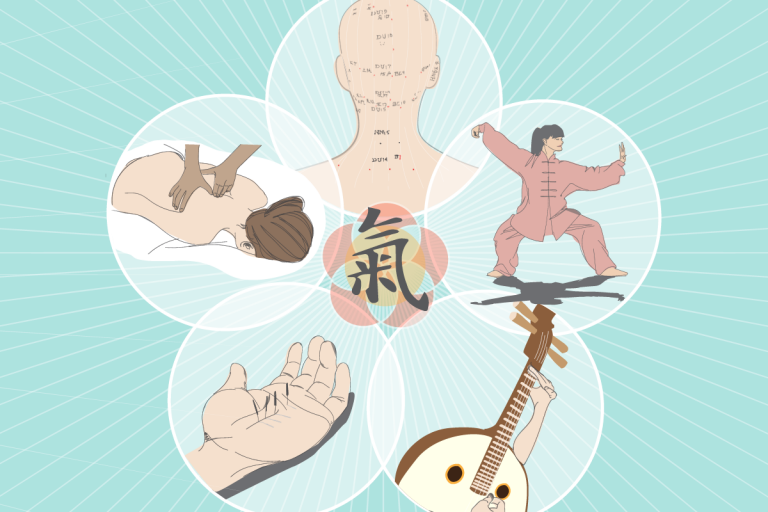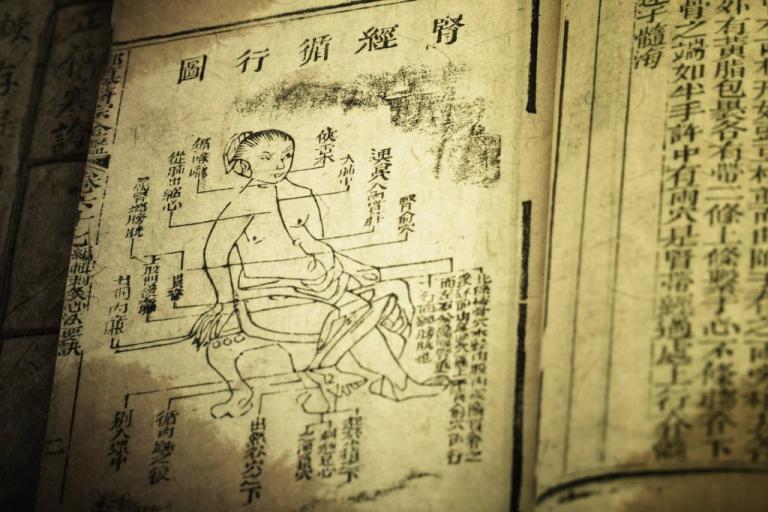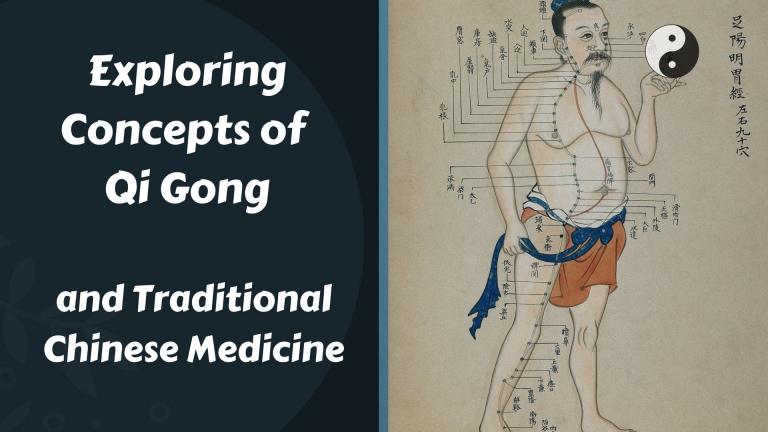Qi and Chinese Medicine
3 min readOver two millennia ago, traditional Chinese medicine borrowed extensively from the philosophical discourse of the time in an attempt to answer fundamental questions concerning the source, form, and functions of human life. Daoism advanced the concept of Qi as the origin of Creation and the basic life force, providing a way to explain the mysteries of human birth, aging, disease, and death.

Guanzi(c.?-645 BC) was the first Daoist philosopher to apply the concept of Qi to questions of human life and physiology, and the relationship between form and spirit. Although Guanzi’s ideas contained acertain amount of conjecture, they opened a new field of thought and had a great influence on Chinese society. Several hundred years later, Zhuangzi expanded on Laozi’s teachings about the Dao, holding that Qiis the fundamental substance of which all things in the universe are composed.
Daoist teachings on Qi hold that Qi is ceaselessly moving and infinitely transformative. Qicirculates constantly through the human body in a network of interconnected pathways, categorized as ascending(bottom to top), descending(top to bottom), entering(exterior to interior), and exiting(interior to exterior). Under normal conditions, the circulation of ascending and descending Qi and entering and exiting Qi maintains a relative balance. The transformative action of Qi as it moves through the body produces constant physiological change.
The concept of Qi was incorporated into traditional Chinese medicine and the Neijing, providing the basis for TCM’s understanding of life, disease, and treatment. TCM holds that Qimanifests in the human body in the following ways:

1. Qiis the fundamental life force of the human body. There are several types of Qi. Congenital Qiis inherited from the parents, and is present in the embryo before birth. After birth, Original Qiis drawn in by the lungs from the air, and Acquired Qiis produced by the spleen and stomach as they transform nutrients. The interaction of Congenital, Original, and Acquired Qi produces and maintains EssentialQi. Essential Qi drives the material and energetic functioning of the zang and fu organs, the sense organs, the meridians, and the blood and fluids. The heart controls the pumping of blood, the lungs control the drawing of breath, the spleen controls the transformation and the stomach controls the utilization of Acquired Qi, the kidneys are the seat of Congenital Qi, and the liver controls the discharge of Qi. Qi is the vital force that motivates all of these physiological functions.
2. When Qi is sufficient, the body’s vital activities function normally. When it is insufficient, the body’s physiological functions are weakened, resulting in general or localized Qi deficiency conditions. Such conditions are treated with methods that supplement Qi.
3. The movement of Qi throughout the body must be balanced and unimpeded. As in the natural world, Qi flows through the human body in ascending, descending, entering, and exiting patterns.
When the movement of Qiis in a state of relative balance, the body functions normally. When it isdisrupted, disease manifests in various ways. For instance, when ascending Qioverwhelms descending Qi,a condition called Qi counterflow results. When descending Qioverwhelms ascending Qi, the resulting condition is called Qifall. Qi counterflow conditions, such as coughing, asthma, eructation, andvomiting, are treated with methods that strengthen descending Qi. Qi fall conditions, such as prolapseof the anus or internal organs, are treated with methods that strengthen ascending Qi. The purpose of these treatments is to normalize the Qi dynamic and restore the relative balance between ascending and descending Qiand entering and exiting Qi.
When the circulation of Qi is unimpeded, the blood and fluids flow smoothly and the body is in a state of optimum health. When the flow of Qi is blocked, the resulting condition is called Qi stagnation, manifesting in symptoms including stuffiness, distension, or pain. Qi stagnation is treated by stimulating the flow of Qi to restore its free flow. Prolonged stagnation of Qi may give rise to conditions such as leukemia and accumulation or stoppage of fluids. These conditions are treated by stimulating the flow of Qi and blood to transform stasis and phlegm and discharge dampness.









